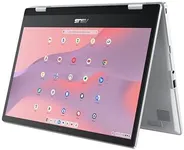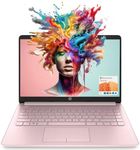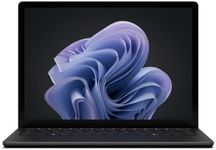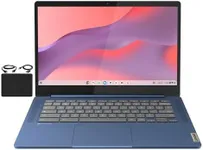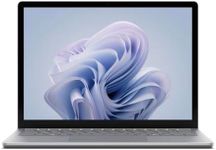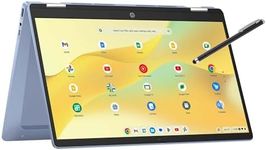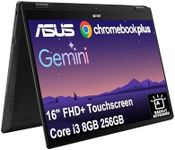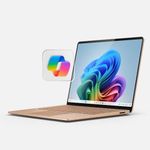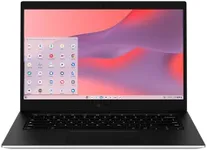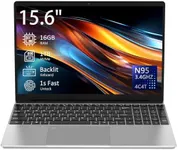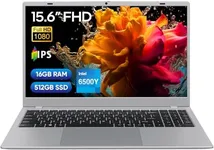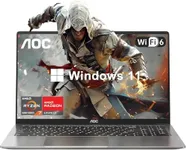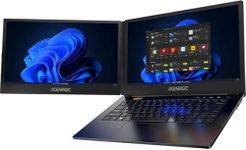Buying Guide for the Best Touchscreen Laptop For Kids
When choosing a touchscreen laptop for kids, it's important to consider several factors to ensure you get a device that is suitable for their needs and durable enough to withstand everyday use. Kids often use laptops for educational purposes, entertainment, and creative activities, so the right balance of performance, durability, and user-friendliness is key. Here are some key specifications to consider and how to navigate them to find the best fit for your child.Screen SizeScreen size refers to the diagonal measurement of the laptop's display. For kids, a screen size between 10 to 13 inches is generally ideal. Smaller screens (10-11 inches) are more portable and easier for younger children to handle, while slightly larger screens (12-13 inches) provide more space for educational apps and multimedia content. Consider your child's age and how they will use the laptop to determine the best screen size.
DurabilityDurability is crucial for a kids' laptop as it needs to withstand drops, spills, and rough handling. Look for laptops with rugged designs, reinforced corners, and spill-resistant keyboards. Some models are specifically designed for children and come with additional protective features. If your child is very young or tends to be rough with their belongings, prioritize a laptop with high durability.
Battery LifeBattery life indicates how long the laptop can run on a single charge. For kids, a longer battery life is beneficial as it allows them to use the laptop throughout the day without needing frequent recharges. Aim for a laptop with at least 8-10 hours of battery life to ensure it can handle schoolwork, games, and videos without interruption. Consider your child's daily usage patterns to determine the necessary battery life.
Operating SystemThe operating system (OS) is the software that manages the laptop's hardware and software resources. Common options include Windows, Chrome OS, and macOS. Windows offers a wide range of software compatibility and is good for general use. Chrome OS is lightweight, easy to use, and integrates well with Google services, making it ideal for educational purposes. macOS is known for its stability and creative software but is typically found on higher-end devices. Choose an OS that aligns with your child's needs and your family's existing ecosystem.
Touchscreen ResponsivenessTouchscreen responsiveness refers to how quickly and accurately the screen responds to touch inputs. A responsive touchscreen is important for kids as it makes the device easier and more enjoyable to use, especially for interactive learning apps and games. Test the touchscreen in-store if possible, or read reviews to ensure it performs well. A highly responsive touchscreen will enhance your child's experience and reduce frustration.
Parental ControlsParental controls are features that allow you to monitor and restrict your child's usage of the laptop. These controls can include setting screen time limits, blocking inappropriate content, and monitoring online activity. Look for laptops that offer robust parental control options to ensure your child has a safe and productive experience. Consider your level of comfort with technology and the specific controls you need to keep your child safe online.
Storage CapacityStorage capacity refers to the amount of data the laptop can hold. For kids, 32GB to 128GB of storage is usually sufficient, depending on their usage. Lower storage (32GB) is adequate for basic tasks and cloud-based activities, while higher storage (64GB-128GB) is better for storing more apps, games, and media files. Assess your child's needs and the types of content they will store to choose the right storage capacity.
PerformancePerformance is determined by the laptop's processor (CPU) and memory (RAM). For kids, a laptop with an entry-level to mid-range processor and 4GB to 8GB of RAM is typically sufficient. This setup will handle educational software, web browsing, and light gaming smoothly. If your child will be using more demanding applications or multitasking frequently, consider a laptop with a more powerful processor and additional RAM. Match the performance to your child's usage to ensure a smooth experience.

